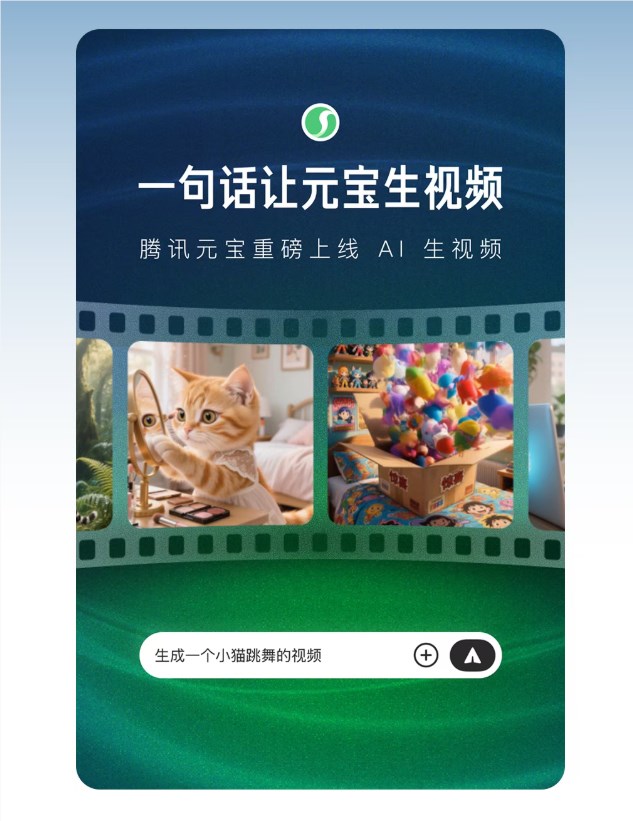Anthropic recently released a comprehensive best practices guide for Claude Code, providing developers with a low-level tool centered around a command-line interface (CLI) to seamlessly integrate the Claude large language model into daily programming tasks. This guide, based on Anthropic's internal experience, emphasizes flexible, secure, and efficient coding patterns, offering valuable guidance for engineers looking to integrate AI into their existing development environments.

Claude Code: Minimalism Meets Agent Development
Claude Code is a development assistant natively integrated into the command-line environment. Its design avoids imposing workflow frameworks, instead providing context-rich interactive tools that allow developers to customize their workflow as needed. A core feature is the CLAUDE.md file, a custom document automatically read by Claude upon invocation. Developers can document shell commands, coding conventions, testing procedures, or project-specific instructions within this file, significantly enhancing Claude's task adaptability and context awareness.
The CLAUDE.md file can be flexibly placed in the project root, subdirectories, parent directories, or even configured as a global file. Developers can iteratively adjust its content, similar to prompt engineering, to optimize task alignment and output reliability.
Tool Integration and Capability Expansion
Claude Code's strength lies in its compatibility with existing tools. It directly inherits the local shell environment, allowing the use of Unix tools, version control systems, and language-specific tools without additional configuration. It also supports extending functionality through REST APIs and Model Context Protocol (MCP) servers, such as integrating with Puppeteer or Sentry for visual testing, navigation tasks, or telemetry analysis.
Developers can manage tool access through permission settings, CLI flags, or configuration files. For example, after installing the gh CLI, Claude can directly handle GitHub issues, pull requests (PRs), or comments, further simplifying collaborative workflows.
Structured Workflow: Planning First, Iterative Refinement
Anthropic emphasizes the importance of planning and task decomposition in the guide. Developers are encouraged to guide Claude to first read relevant files, generate a detailed plan, and then gradually implement and verify the solution. For example, using keywords like "think hard" or "ultrathink" can extend Claude's internal reasoning time, resulting in more thoughtful solutions. Developers can review the plan, suggest modifications, or generate GitHub issues, then proceed to the implementation phase.
The guide also introduces various structured workflows, such as Test-Driven Development (TDD). In this mode, Claude first generates failing test cases and submits them, then writes implementation code that satisfies the tests. Additionally, Claude supports development based on visual mocks; combined with screenshot tools or MCP integration, it ensures that the generated front-end code is consistent with the design and supports iterative optimization.
Automation and Headless Operation
To meet automation needs, Claude Code provides a headless mode, supporting invocation in CI pipelines, GitHub Actions, or pre-commit hooks. Providing a headless prompt via the -p flag, the output can be formatted as streamed JSON, facilitating integration into data workflows or monitoring systems.
In automated scenarios, Claude can perform subjective linting, issue classification, or static code analysis. Anthropic recommends developers mitigate potential security risks by limiting permissions and using sandboxed environments.
Multi-Agent and Parallel Development Modes
The guide also explores the possibility of multi-agent parallel development. Developers can launch multiple Claude instances, each assuming a different role (such as implementation, review, or testing), and run them in separate git worktrees or checkouts. This mode mimics distributed team collaboration, effectively isolating tasks and reducing context switching overhead.
The worktree-based setup allows developers to manage multiple concurrent tasks in different working directories, ensuring Claude remains focused on specific tasks, thus improving development efficiency.
Anthropic's Claude Code best practices guide showcases the new possibilities of AI in software engineering. Unlike single-agent frameworks, Claude Code emphasizes composability, iterative refinement, and developer control, providing experienced engineers with a flexible tool to build reliable and maintainable systems.
Guide: https://www.anthropic.com/engineering/claude-code-best-practices










